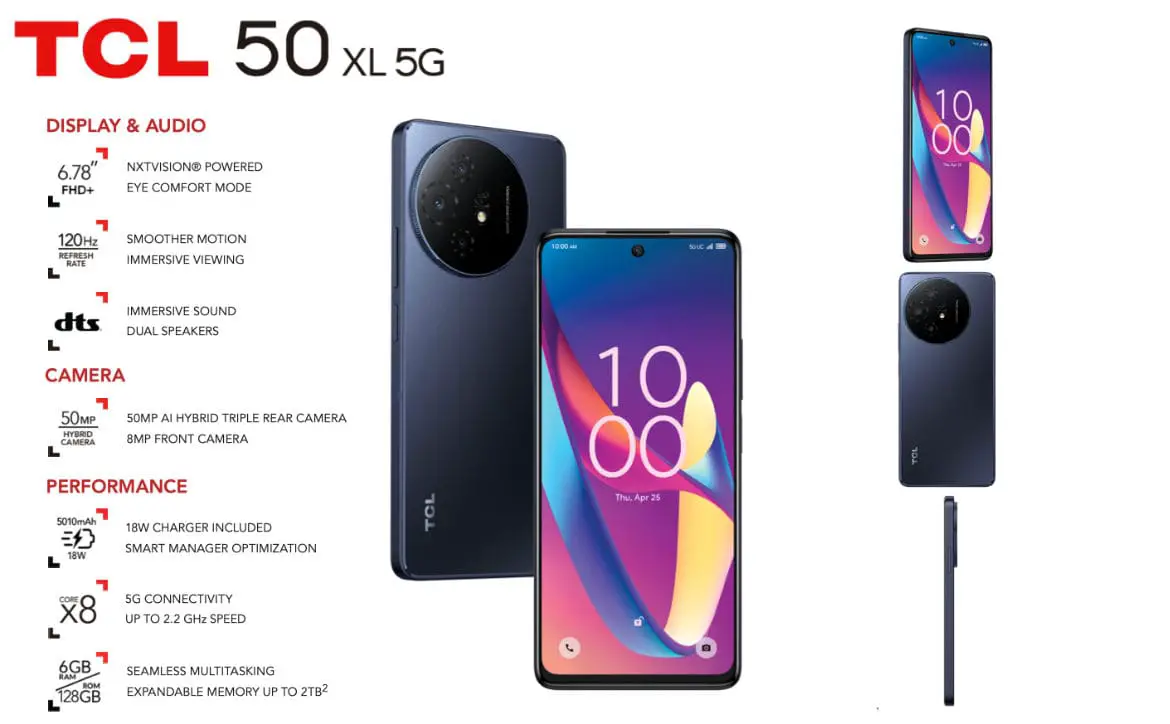As we transition into a highly digital era, spatial computing is poised to reshape our perception of work, play, and education. Lumus, a pioneer in this domain, emphasizes the potential of the Augmented Reality (AR), Mixed Reality (MR), and Virtual Reality (VR) technologies, expected to contribute to the AR/VR B2C industry’s projected growth from $31.12 billion (2023) to $52.05 billion (2027).
Estimated reading time: 2 minutes
In the sphere of AR, near-to-eye display technology like Lumus’ Z-Lens merges AR functionalities with vision prescriptions, enabling a seamless user experience. Such innovations, devoid of straps and boasting a slimmer design, simulate natural eyewear aesthetics. Furthermore, AR implementations like Augmedics and Elbit’s Everysight offer impactful applications, from enhancing surgical outcomes to creating designer AR glasses compatible with IOS or Android devices.
Simultaneously, MR introduces an interactive layer to our reality. The Apple Vision Pro and the more affordable Meta Quest 3, for instance, are transforming physical environments by incorporating digital elements. Furthermore, VR, as demonstrated by VRpilot, provides fully immersive experiences, aiding in real-world applications such as pilot training.
The implications of spatial computing span diverse domains. By 2024, it is anticipated that 1.4 billion devices worldwide will boast AR capabilities. Applications range from holographic calls and collaboration in the workspace to enhanced gaming experiences and real-time translation services. Moreover, advancements in spatial computing allow for interactive learning opportunities and even virtual tours, transforming education. In the health sector, spatial computing facilitates biometric data collection, personalizes patient care, and aids in staff improvements through AR-assisted procedures and simplified hospital navigation.
Reflective waveguide technology lies at the core of AR glasses, offering advantages such as an expanded field of view, higher brightness, and superior battery efficiency. As a result, the global adoption of near-to-eye displays surged in 2023, leading to a 14% decline in the global smartphone market, while AR glasses sales rose by more than 45%.
In conclusion, Lumus envisions a future where spatial computing revolutionizes human interaction, both online and offline. As the world braces for this interactive future, the interplay between reality and computer-generated realities is set to redefine our experiences.

What do you think of spatial computing? Please share your thoughts on any of the social media pages listed below. You can also comment on our MeWe page by joining the MeWe social network. And subscribe to our RUMBLE channel for more trailers and tech videos.
In some of our articles and especially in our reviews, you will find Amazon or other affiliate links. As Amazon Associates, we earn from qualifying purchases. Any other purchases you make through these links often result in a small amount being earned for the site and/or our writers. Techaeris often covers brand press releases. Doing this does not constitute an endorsement of any product or service by Techaeris. We provide the press release information for our audience to be informed and make their own decision on a purchase or not. Only our reviews are an endorsement or lack thereof. For more information, you can read our full disclaimer.










